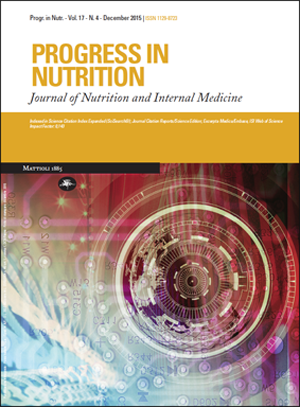Herbal extracts exhibit anti-diabetic activities in 3T3-L1 adipocytes model
Main Article Content
Keywords
Herbal extracts, 3T3-L1 adipocytes, adipogenesis, glucose uptake, Glut4
Abstract
The prevalence and suffering of diabetes and obesity has been increasing among the various communities of the world including Malaysia. The cost of treatment is also rising. Therefore, it is important to explore non pharmacological regimens that are non-invasive and with less health risks and cost burden to the patients, healthcare professionals and nations. The objective of this study was to evaluate efficacy of the traditionally used antidiabetic herbs. Methods: Water extracts of Andrographis paniculata, Lagerstroemia speciosa and Orthosiphon stamineus (Cat whisker) were prepared and evaluated for their effects on cell proliferation, adipogenesis, glucose uptake, quantification of mRNAs for Ppary, Glut4, adiponectin and leptin using Real-Time Polymerase Chain Reaction (qRT-PCR) in 3T3-L1 preadipocytes. Result and Discussion: There were significant (P<0.01, P<0.05) increase in adipogenesis activity for cells treated with insulin, A. paniculata and O. stamineus compared to control. There was significant (P<0.01, P<0.05) increase in glucose uptakes in the cells treated with Sodium Orthovanadate, L. speciosa, A. paniculata and O. stamineus compared to control. Pparγ transcriptional levels in cells treated with A. paniculata extract was similar to control. However, L. speciosa extract (P<0.01) showed significantly lower levels of Pparγ mRNA expression compared to control. Gene expression analysis demonstrated that A. paniculata and L. speciosa extracts significantly (P<0.01, P<0.05) induced Glut4 mRNA transcription compared to control in 3T3-L1 adipocytes. Conclusions: The present study suggests that the extracts of A. paniculata and O. stamineus possess insulin-mimicking effects.


